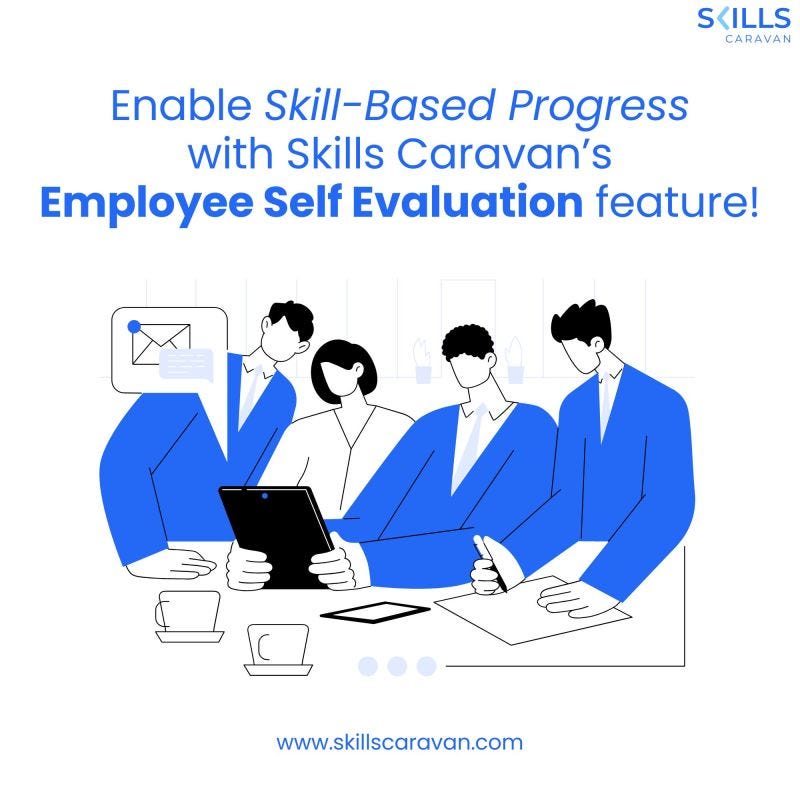Best Practices in Corporate Training to Improve Employee Retention and Performance
In today’s competitive corporate landscape, employee retention has emerged as a top priority for organizations seeking long-term growth and stability. High employee turnover not only disrupts workflow but also incurs significant costs in recruitment, onboarding, and lost productivity. One of the most effective strategies to address this challenge is investing in corporate training programs that enhance both performance and satisfaction.
When done right, training isn’t just a development tool — it becomes a retention strategy. Let’s explore the best practices in corporate training that drive employee performance while significantly boosting employee retention.

1. Align Training with Career Pathways
Employees are more likely to stay with companies that invest in their future. Creating training programs that align with employees’ career goals demonstrates a commitment to their growth. Companies should offer:
- Clear career development roadmaps
- Training modules linked to promotions or role changes
- Certifications that enhance professional credibility
When employees see a path forward, their motivation to perform increases — so does their loyalty.
2. Personalize Learning Experiences
Not all employees learn the same way. Personalized training plans that cater to individual learning styles and professional needs have a profound impact on engagement and employee retention. Some ways to personalize include:
- Adaptive learning platforms
- Self-paced modules
- Role-specific skill tracks
Personalization shows that the organization values individual contributions and learning journeys, which strengthens emotional connection to the company.
3. Incorporate Soft Skills Training
While technical competencies are crucial, soft skills like communication, leadership, emotional intelligence, and collaboration are equally important. Training programs that build these competencies prepare employees for team-based environments and leadership roles, increasing their engagement.
Employees equipped with well-rounded skills tend to perform better, and their confidence and job satisfaction contribute directly to higher employee retention rates.
4. Foster a Continuous Learning Culture
Organizations must move away from one-time training events and foster a culture of continuous learning. This includes:
- Offering microlearning sessions
- Encouraging mentorship and peer coaching
- Providing access to eLearning libraries
A continuous learning environment encourages curiosity and innovation, making employees feel valued and intellectually stimulated — two critical factors for employee retention.
5. Integrate Training with Onboarding
The onboarding experience sets the tone for an employee’s journey. Incorporating training into the onboarding process ensures that new hires:
- Understand company culture
- Learn necessary tools and processes
- Feel supported from day one
A robust onboarding program reduces first-year turnover and improves long-term employee retention by helping new hires settle in faster and more confidently.
6. Use Data to Drive Training Decisions
Organizations should use performance data, employee feedback, and learning analytics to refine training programs. This data-driven approach helps:
- Identify skill gaps
- Measure training impact on performance
- Adjust content to meet emerging needs
Data-backed training increases effectiveness, and employees are more likely to engage with programs that are relevant and impactful — boosting both performance and employee retention.
7. Promote Internal Mobility through Upskilling
Employees often leave jobs in search of new challenges. Offering internal growth opportunities through upskilling and reskilling initiatives can reduce attrition. Examples include:
- Cross-functional training
- Leadership development programs
- Support for certification or further education
When employees see they can grow within the organization, they are more likely to stay — a win for both performance and employee retention.
8. Recognize and Reward Learning Milestones
Positive reinforcement is a powerful motivator. Recognizing and celebrating employees who complete training modules or achieve certifications can improve morale and encourage others to engage in learning.
Incentives could include:
- Digital badges
- Performance bonuses
- Public recognition in meetings or newsletters
Recognition adds emotional value to training efforts, building loyalty and promoting employee retention through a sense of accomplishment and appreciation.
9. Involve Leadership in Learning
When leaders and managers actively participate in training or advocate for learning initiatives, it sends a strong message: learning matters. Leaders should:
- Attend sessions alongside teams
- Share personal learning journeys
- Encourage team-based training goals
Leadership involvement improves participation and helps cultivate a learning-first culture, contributing to better performance outcomes and stronger employee retention.
10. Solicit Regular Feedback and Act on It
No training program is perfect. Regularly collecting feedback from employees helps organizations:
- Improve training effectiveness
- Address dissatisfaction early
- Show responsiveness and openness
When employees feel heard, they are more likely to trust the organization. Listening to employee voices builds a culture of inclusion and respect — key ingredients in driving employee retention.
Conclusion
In a talent-driven economy, retaining skilled employees is as important as hiring them. Well-designed corporate training programs not only elevate workforce performance but also act as powerful tools for employee retention. When training aligns with personal goals, adapts to modern needs, and nurtures a culture of learning, employees are more engaged, productive, and committed.
Investing in training is ultimately investing in people — and people stay where they grow, feel valued, and see a future.

Comments
Post a Comment